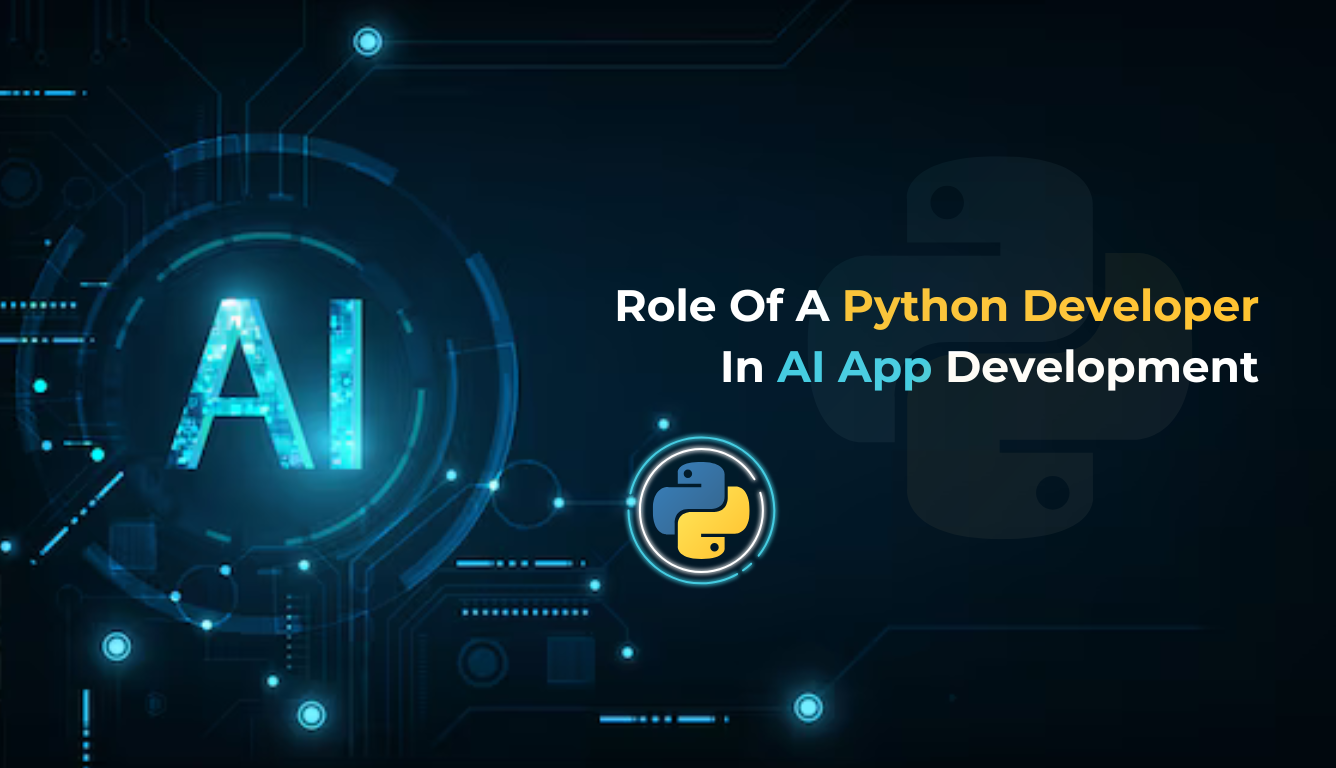







In this digital era, businesses rely on AI-based applications for data analysis, task automation, scientific computation, data visualization, and other services. Therefore, the strong influence of AI subsets like machine learning and deep learning is unquestionable. With the rapid growth of AI applications, the importance of a Python developer is significantly rising. Hence, the necessity of Python language is not unreasonable as it is deeply rooted in the backend development of several high-end AI apps. In this article, we will talk about how a Python developer creates a big impact on AI app development with real-life use cases.
Among all web development languages, the majority of AI and ML app developers use Python for its extensive library sets, quick learning curve, rapid development, and community support. Therefore, Python emerges as a productive resource and a preferred AI development language choice. Let’s see how a Python developer’s skills improve the app development progress.
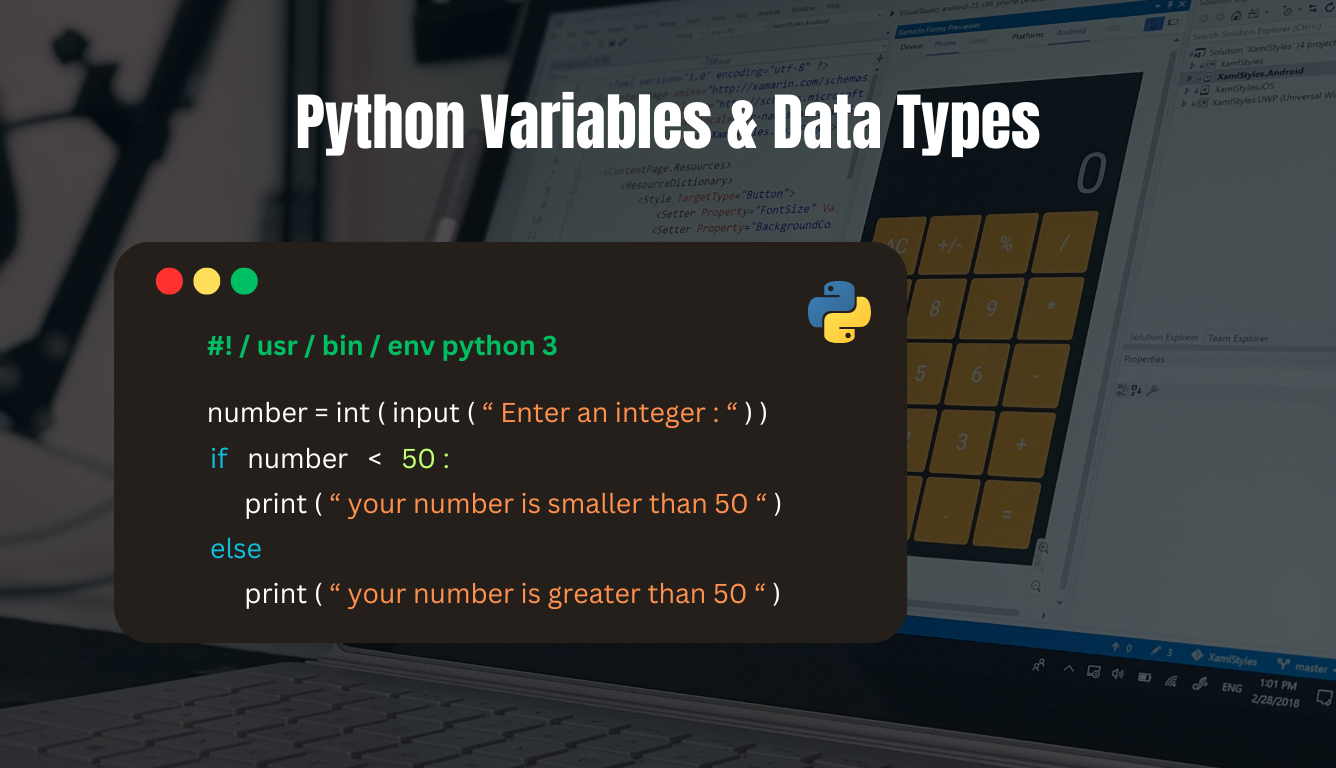

Variables and data forms are the primary pillars of Python programming. Python developers use variables as a unit to store and label data throughout the code. Data types refer to the values that are assigned to a specific variable. These data variables and types allow programmers to store, process, and manipulate information effectively.
Hence, it is essential to understand the data types and variables to write fruitful codes and develop high-end AI applications. Implementing suitable Python data types enhances the speed and reliability of app development. From general scripts to generative AI systems, Python Programmers prefer these building blocks to build everything.
So, variables and data types are fundamentally useful for classifying data items into different categories like numeric, mapping, binary types, sequences, and more. You can use Python variables and data types to analyze customer details according to name, age, product purchase, price, location, and other categories. However, it involves a few challenges, such as data type compatibility and a dynamic typing system.
Loops are the basic concept in Python programming that acts as a key element in huge datasets processing and automation of repetitive tasks. It helps in developing dynamic applications using Generative AI models like ChatGPT, DALL-E, and several content-creation platforms. The principal function of loops in Python is to automate iterative tasks. It also helps in improving iterative AI practices that consist of feedback loops, experimentation evaluation, cross-validation, and other methods. Python loops help developers eliminate code redundancy for a clean programming structure.
The purpose of using a loop in Python is to repeat a block of code without writing it from scratch. For beginners, handling loop controls with ‘break’ and ‘continue’ can be hard for debugging. Another challenge is memory consumption for storing huge amounts of loops or running unnecessary operations in the system.
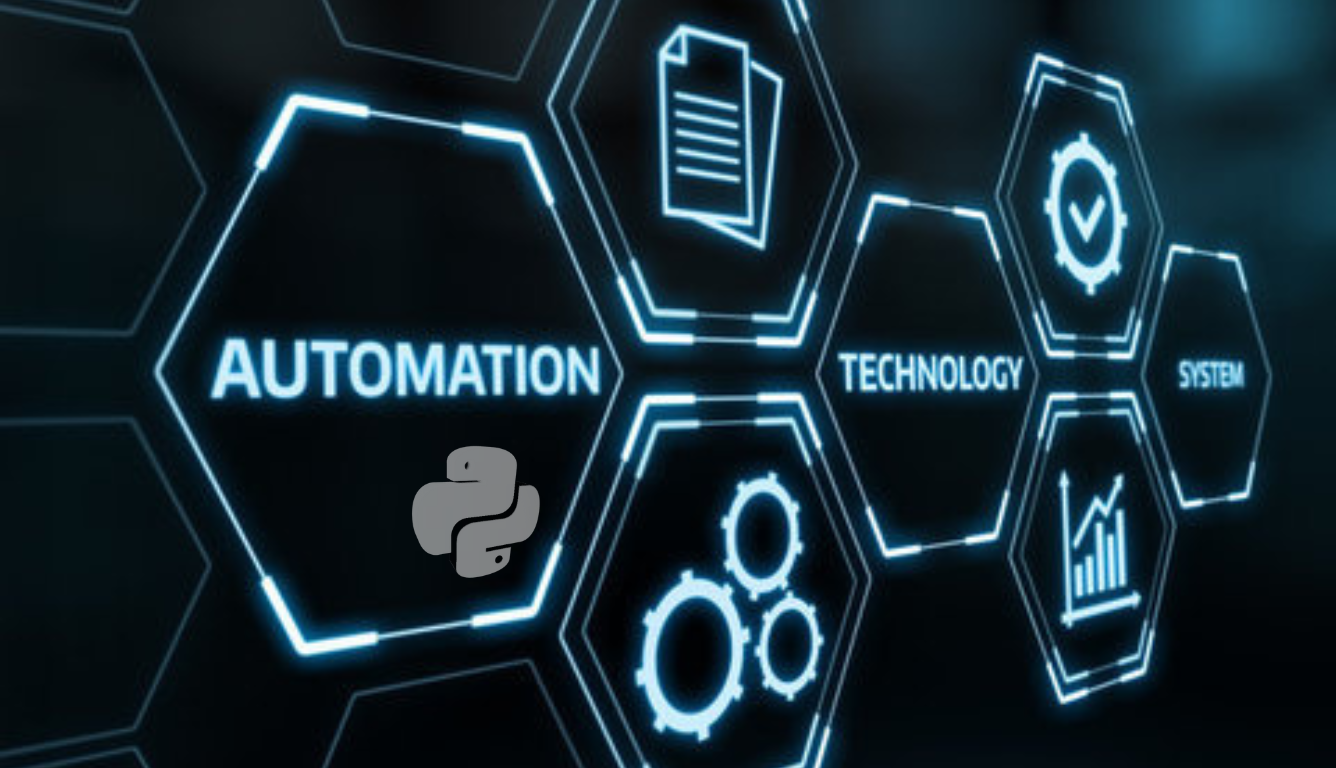

Python automation process effectively accelerates productivity in the field of AI. For instance, a Python developer can complete machine learning coding within a few lines compared to other programming languages. Therefore, it reduces coding time and errors and provides a better scope for further modifications. For example, tech giants like Netflix and Spotify streamline workflow using Python’s automation scripts. Python provides an extensive range of 3rd-party packages with pre-built modules and standard libraries like PyTorch, TensorFlow, NumPy, Pandas, and more for AI & ML tasks. It is effective in several programming domains. Here are a few automation task ideas that Python developers can perform:
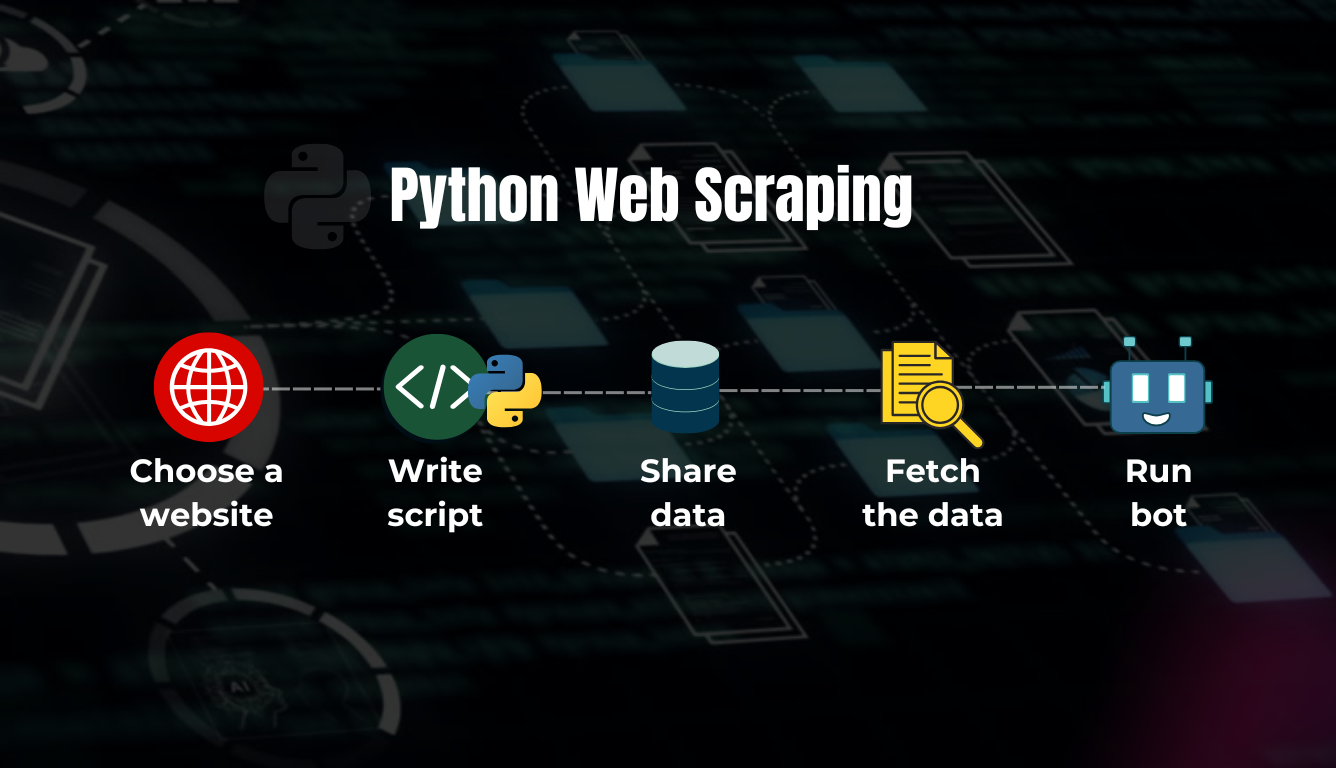

Python web scraping provides an automation solution to extract large volumes of data from different websites based on your requirements. Through Python programming and an enormous library collection, you can easily collect website data. Examples of Python-based web-scraping libraries are BeautifulSoup, Scrapy, or Selenium, which extract data from XML & HTML documents.
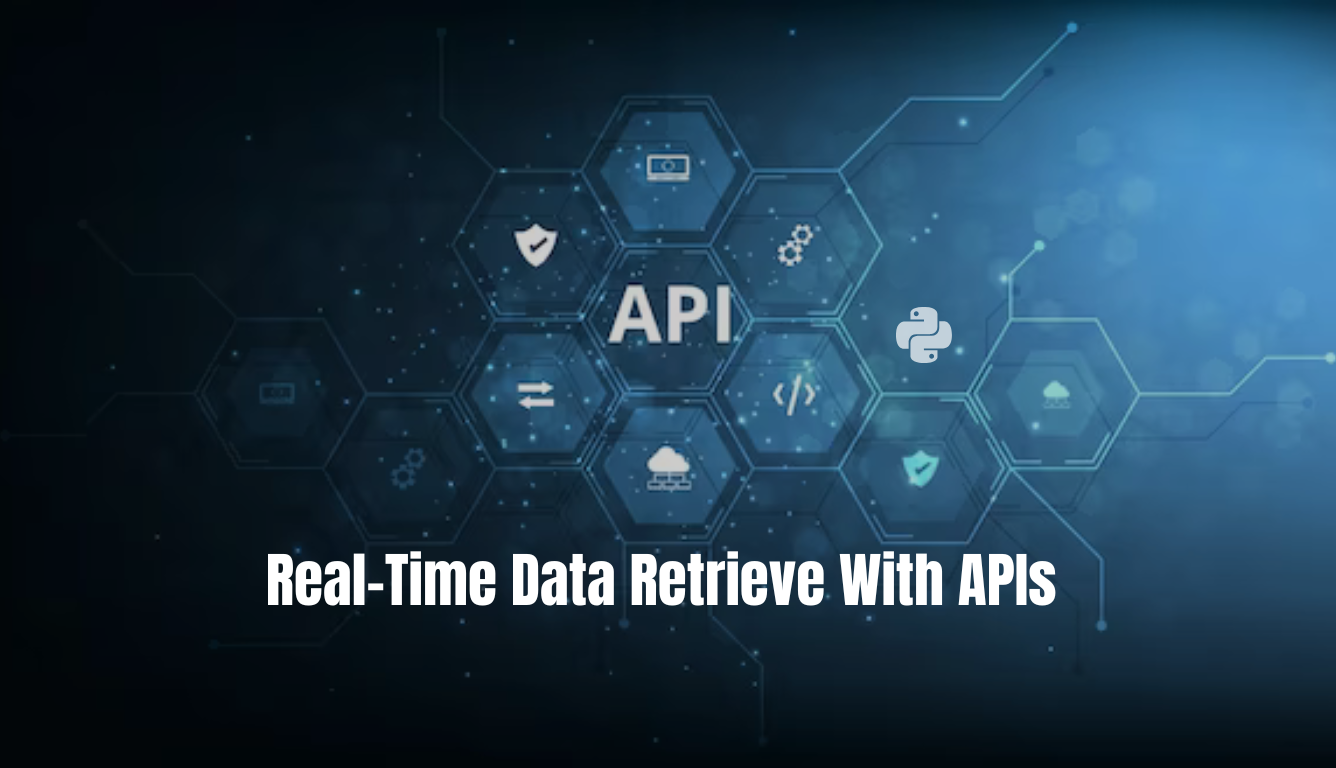

Traffic data is not constant. Hence, Python quickly retrieves traffic data from 3rd-parties through APIs. For instance, you select a company’s API URL that allows access to live traffic data. Now, a Python developer runs a script that uses the ‘requests’ library to interact with external services over HTTP.
Hiring a Python developer helps you in data processing and analysis using various libraries. It is easier to clear, transform, visualize, and analyze data resources. Whether image editing, audio or video conversions, speech recognition, or other data processing tasks, Python automation gives ultimate solutions. For example, the Pandas library is useful for transforming and cleaning huge datasets. Matplotlib and Seaborn are resourceful for making visualizations and reports.
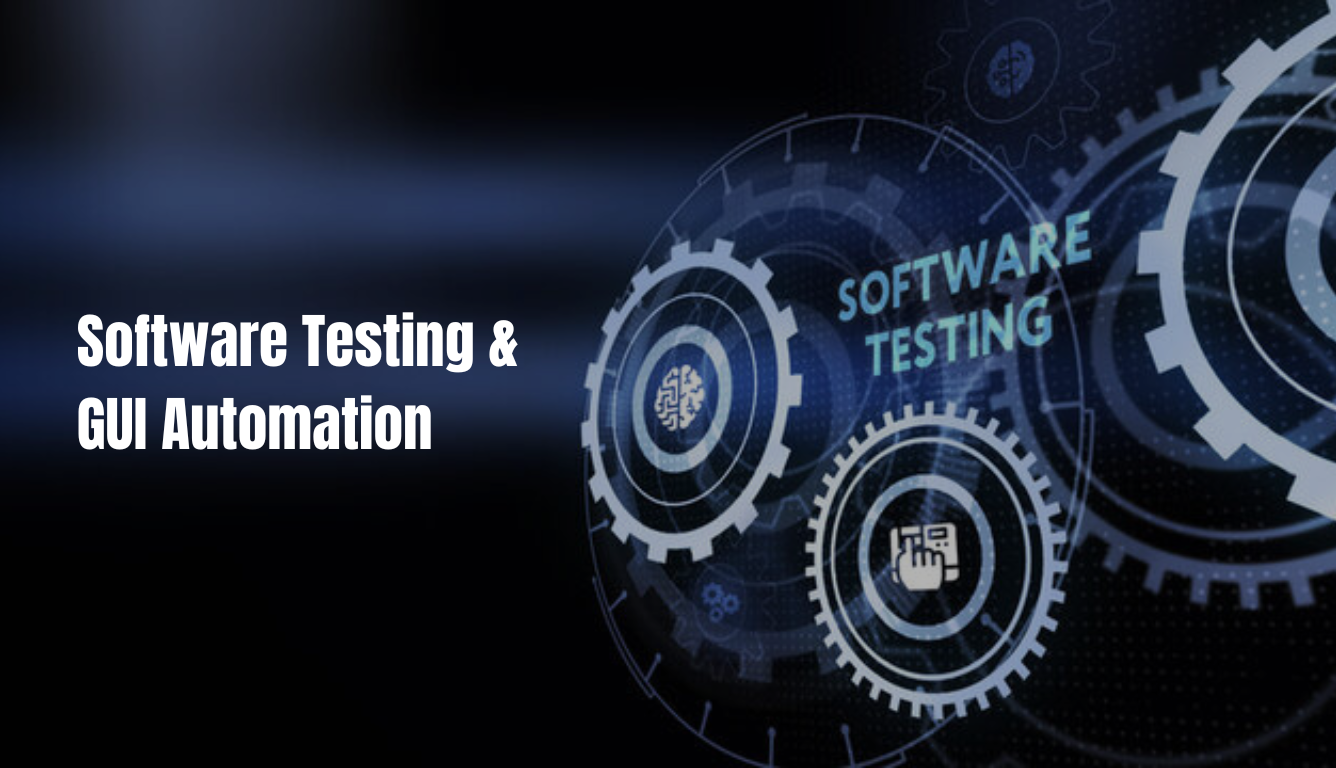

Testing is the most crucial area where developers need to be more cautious in diagnosing bugs and errors before deployment. PyTest and Robot Framework are open-source automation frameworks that simplify repetitive UI tasks and software testing approaches.
For instance, a company manually creates a sales report from the collected data of every department using Excel spreadsheets. Instead, hiring a Python developer can simplify and automate the report generation process for every month. However, automation scripts may cause security vulnerabilities for external integrations. Additionally, maintenance overhead is another factor that exceeds the development budget.
Data processing is a part of the automation process that can be achieved through Python scripts. Specifically, a Python developer’s contribution is incredible in the development of AI & ML applications. From real-time data analysis to data manipulation, Python works flexibly across several domains like healthcare, finance, e-commerce, IT, and more. So, here’s how a Python developer can efficiently streamline data processing and analytics in building apps:
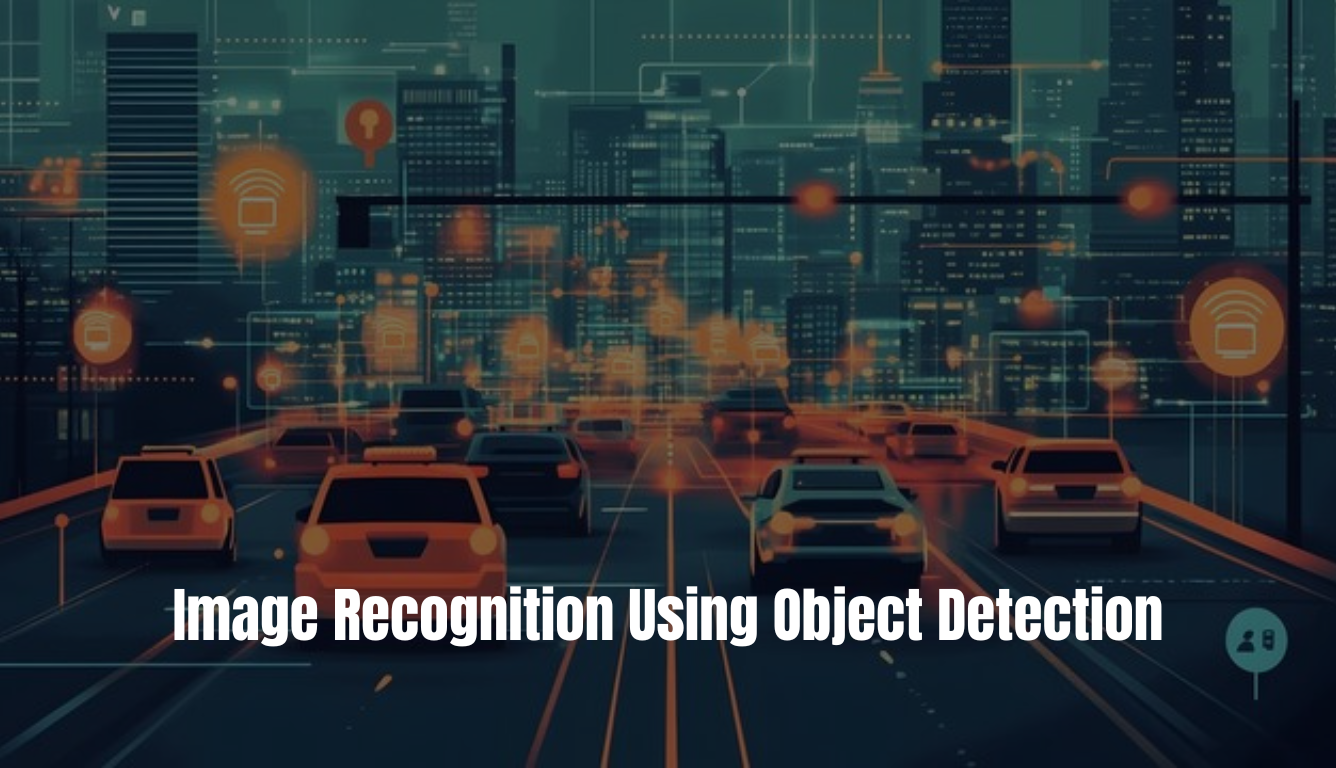

Computer vision technology is the key player in the image recognition process. It uses artificial intelligence and object detection techniques for image processing. Examples of some Python libraries are OpenCV, PyTorch, and TensorFlow for extracting and decoding image patterns. Image processing is effectively beneficial for facial recognition, security surveillance, medical image analysis (X-rays, MRIs, and CT scans), and augmented reality visuals. Here’s a demo of our newly developed AI-based object detection tool to detect and analyze a specific object from the input image or video. It mainly consists of object classification (classifying object types in an image) and localization (identifying detected objects’ positions through bounding boxes).
Various object detection models are available to improve image recognition by determining necessary objects. The entire process follows deep-learning models that include R-CNN, YOLO, and SSD. Keras is a user-friendly and flexible Python library that helps in building neural networks related to machine learning models. Scikit-learn is one of the effective ML libraries based on NumPy and SciPy. It offers algorithms for regression, classification, clustering, and ML model evaluation tools.
Python libraries are useful in audio and video data manipulation and processing. Python libraries are effective means for converting audio and video formats, tweaking volumes, trimming audio files, applying effects to audio extractions, and other editing purposes. Text-to-speech modulation is useful for creating audiobooks, voice assistance for physically challenged individuals, and other accessibilities.
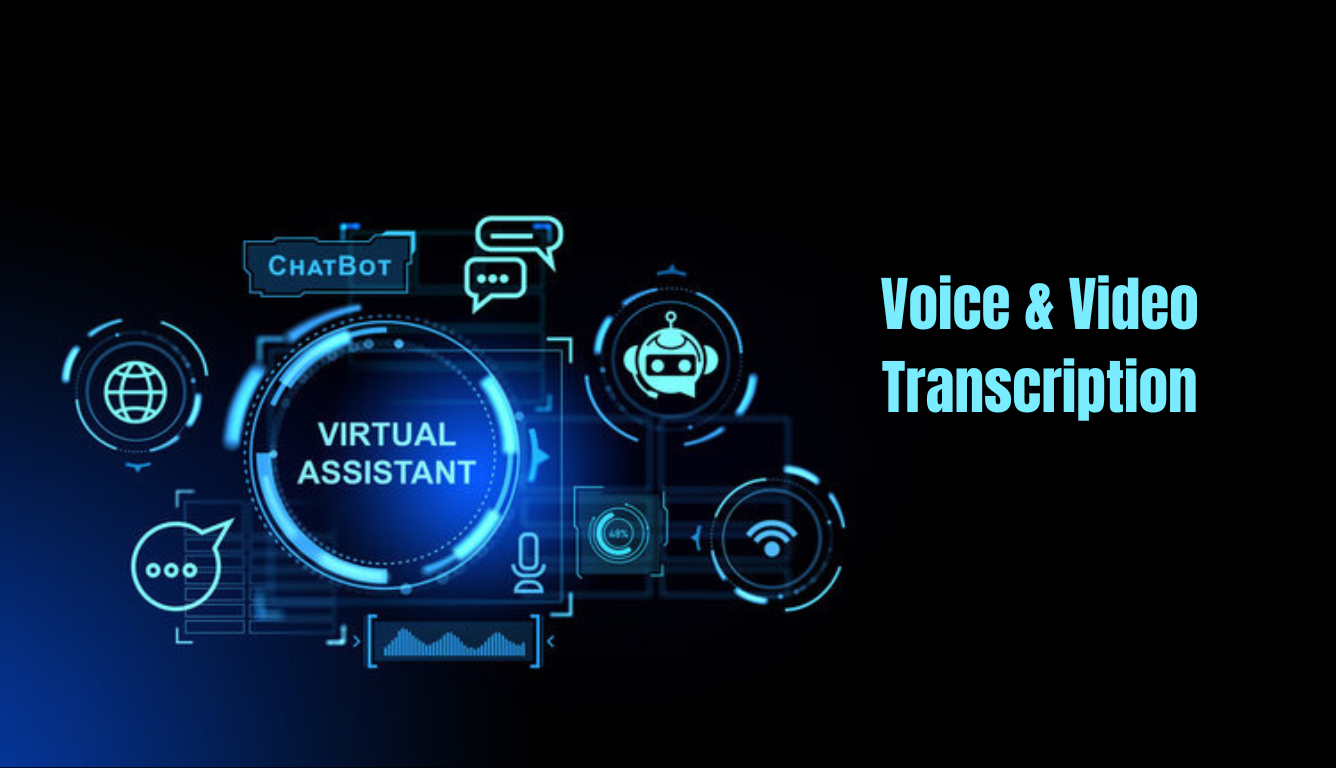

Pydub is one of the resourceful Python-based voice-processing tools for audio-editing operations. Hence, you need a Python developer to implement this library and install PyDub through pip (pip install Pydub). PyDub is a major component in the text-to-speech synthesis process. With Python audio editing libraries and NLP, you can build an AI-based voice translator or speech recognition app.
AI has enhanced the perspective of data visualization, which is rapidly increasing the demand for data science and data analysis engineers. In the field of data analysis, data visualization gives a visual summary of data. Python programmers mostly use libraries like Seaborn, Matplotlib, Plotly, and more to interpret data through graphs, charts, maps, and histograms to identify data patterns for decision-making.
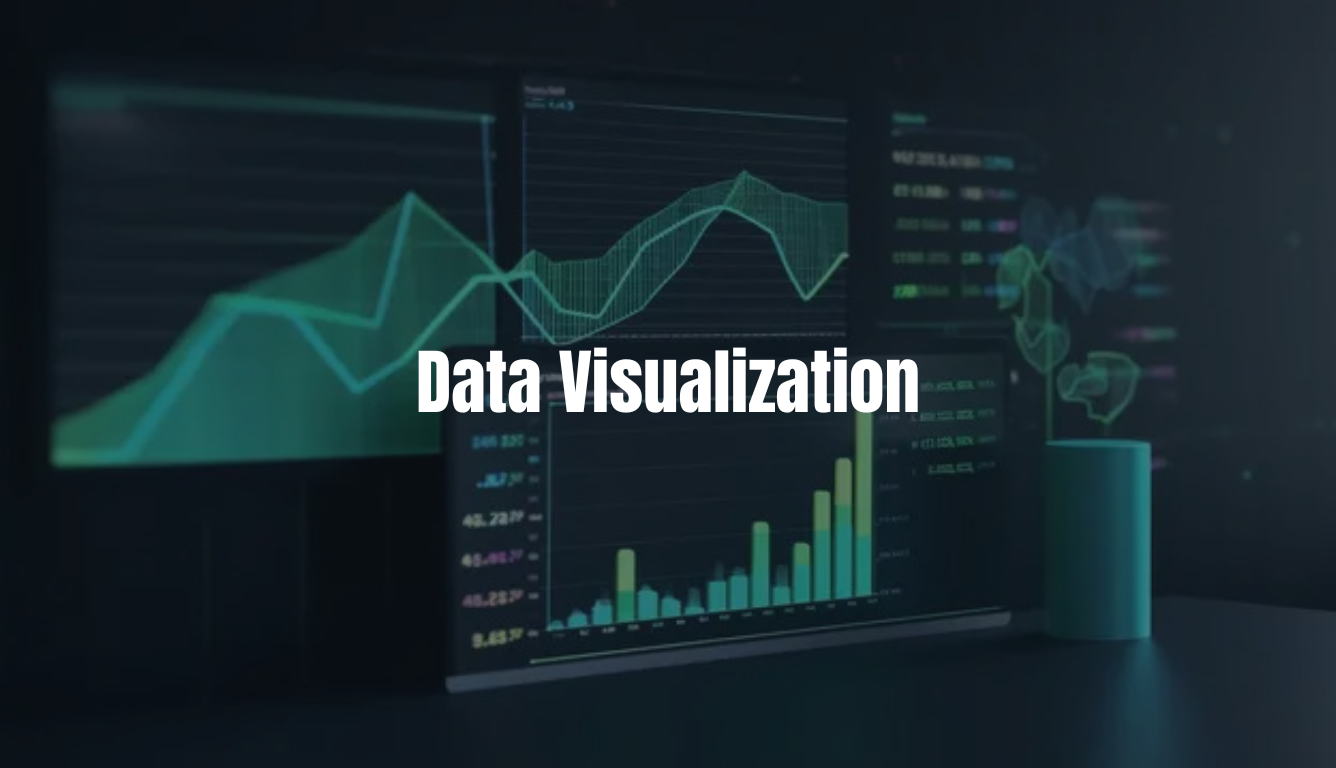

The most common use case of data visualization is stock market analysis. Through Python programming, you can track current stock details and represent them through line charts and bars for better visualization.
Similar to audio and video data processing, Python text or language processing is a task in NLP to analyze and transform text data according to the requirements. Text processing uses a few major techniques for structuring text data. It involves several methods, such as tokenization for breaking down words into meaningful smaller words or tokens. Stemming & lemmatization is the next process to reduce words. NER (Named Entity Recognition) helps to identify and classify named entities like names, locations, organizations, etc. Then, it comes to sentiment analysis to determine the text tone. After text summarization, topic modelling, and normalization, it goes through a word embedding process. With keyword extraction, you get the selective phrase and words.
Developers generally use these Python text-processing NLP libraries: TextBlob, spaCY, scikit-learn, etc. A real-world example of Python text processing is OpenAI’s GPT.
The role of a Python developer is impactful in scientific computing. Researchers and scientists working in different data analysis and computation fields, where the Python programming language works best for its extensive library resources. NumPy & SciPy are open-source Python-based libraries for multidimensional data and numeric computations.
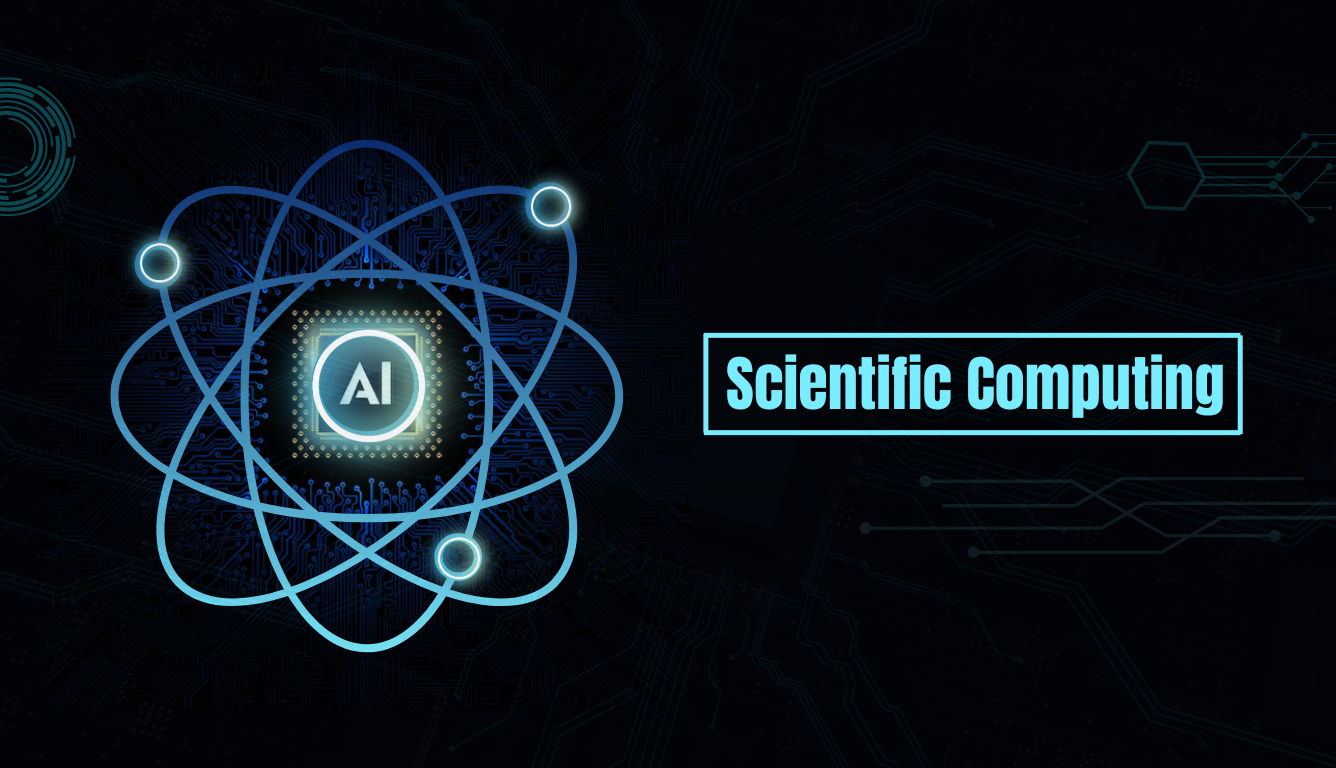

For instance, by leveraging Python’s libraries like PennyLane and Cirq, developers can build and operate quantum algorithms and circuits. Hence, quantum computing can perform several functions in financial modelling, cryptography, cyber security, traffic optimization, and other areas.
Data analysts use Python libraries like Pandas and NumPy to structure large datasets and simplify mathematical calculations with ease. Python predictive analytics forecast an output based on the presented data. Predictive analytics can be used in several real-life applications like fraud detection, speech recognition, vehicle automation, and other services.
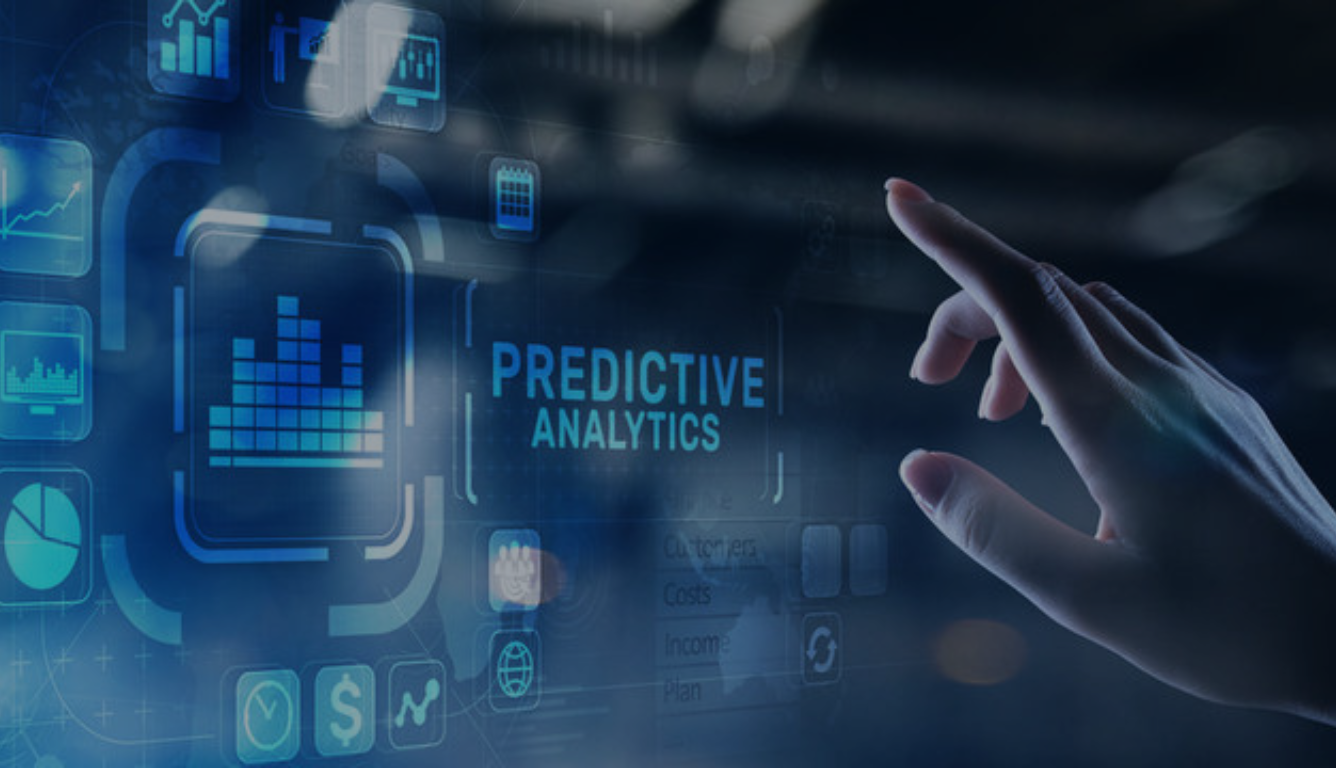

For example, you can use a recommendation system in the meteorology field to make an analysis of upcoming weather forecasts. With the help of a Python programmer, you can collect historical data on weather and analyze it for training a model to identify specific patterns. This way, if the system encounters new data, then it compares and predicts future results.
Here’s a quick overview of our AI voice translation system that processes 17 different languages using Python libraries, NLP (Natural Language Processing), gTTS, and Generative AI. Go through the latest article to know more about the use cases of this AI-based voice translation app. A few common challenges you may need to consider with Python automation are code maintenance costs, dependency management, scaling issues, and testing complexities.
With API requests, you can build dynamic web and mobile apps by connecting databases, 3rd-party libraries, and web services. It’s multiple integration capabilities include big data frameworks and libraries, such as Hadoop, Apache, Elastic Search, NumPy, and other tools.
By processing HTTP and HTTPS requests, Python developers can seamlessly build high-end APIs to handle data. You can use Python web application frameworks like Django and Flask with other web development frameworks and JavaScript libraries, such as Angular, Vue.js, and React.
For example, a Python developer can add better possibilities to your AI apps and data science approaches. You can train an AI or ML model for predictive analytics or other functions with real-time API keys. To perform these API requests, you need a strong knowledge of HTTP methods. Even developers need to follow the API rate limits and authentication protocols.
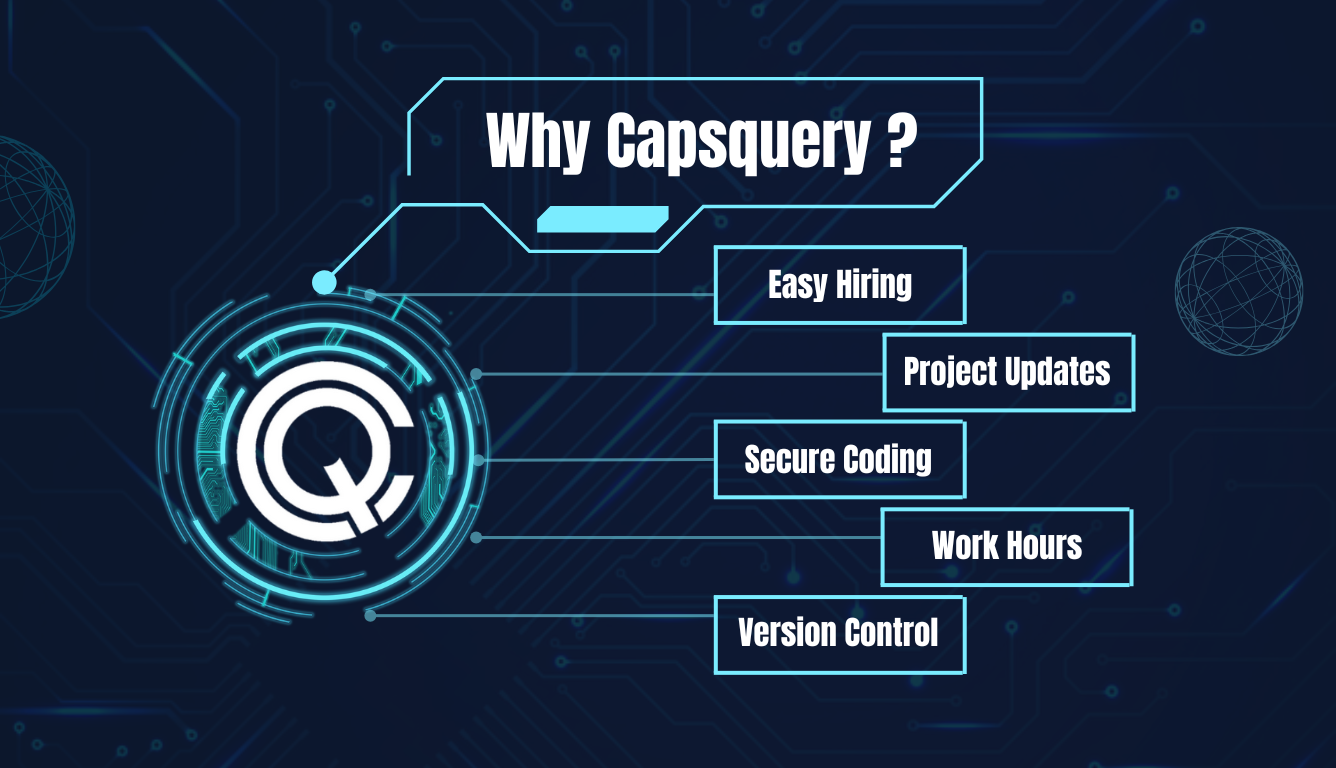

As an AI app and web development company, our experienced Python developers are capable enough to provide scalable software solutions according to your business needs. Our Python-based app development services include custom app development, API integrations, eCommerce solutions, database customization, and AI app development. So, why hire a Python developer from capsquery for AI & ML app development?
Hiring a Python developer in Capsquery is literally convenient. All you have to submit your requirements and details through a contact form. Within 24 hours, you get a call and email from our technical consultant for further discussion. We do a proper project analysis and provide a scope of work according to your needs. Our developers are well-versed in English, which makes communication easy. After hiring a Python developer, you can directly share your issues and project updates for better production.
We keep a transparent environment while working on a project. Therefore, you can interact with your assigned Python developer to check the status of your development process. We also provide a 2-scrum calls facility per week where a developer submits final updates. In case you need to change or include a new work, you can speak with the developer directly.
We cover different time zones based on the client’s location. Our dedicated Python developers are open to flexible work hours as per the project requirements. We offer 40+ hours a week and on-time project delivery commitment for a better user experience.
Our Python development team use globally recognized tools like Jira and Asana for project management. We maintain version control and timestamp management through code repositories such as GitHub and BitBucket. Apart from that, our developers are available on Skype, Zoom, and Microsoft Teams for quick communication.
We aim to provide secure and risk-free web and mobile app development solutions using the latest web tools and technologies. Our Python development team focuses on clean and bug-free coding with fewer errors. As a web development organization, we maintain the secrecy of your valuable data as per the NDA. By accepting the norms of intellectual property rights, we ensure no duplication of your genuine material.
Appointing a Python developer for the development of AI and ML apps gives you enormous benefits. Whether web or mobile apps, ERP systems, IoT apps, automation tools, or other AI-based services, Python programming can intensify the development possibilities of AI and ML apps. After considering a few guidelines and real-time use cases, you can strategically hire a Python developer for your next AI-based project. Get in touch with us to learn more about Python-based app development services and the hiring process.
Website Development | Mobile App Development | Application Development
We will definitely get back in touch with you over mail within 12 Hours.
In-case you have not heard from us within 12 hours, kindly check your spam once.
I'm a software consultant. I've 7+ years of industry experience. I'd love to connect with you and brainstorm your custom software needs. It's my responsibility to find you the best solution.
ANAND GUPTA
Drop your details and we'll get in touch with you within 12 hours.
Reach us for
Talk to us